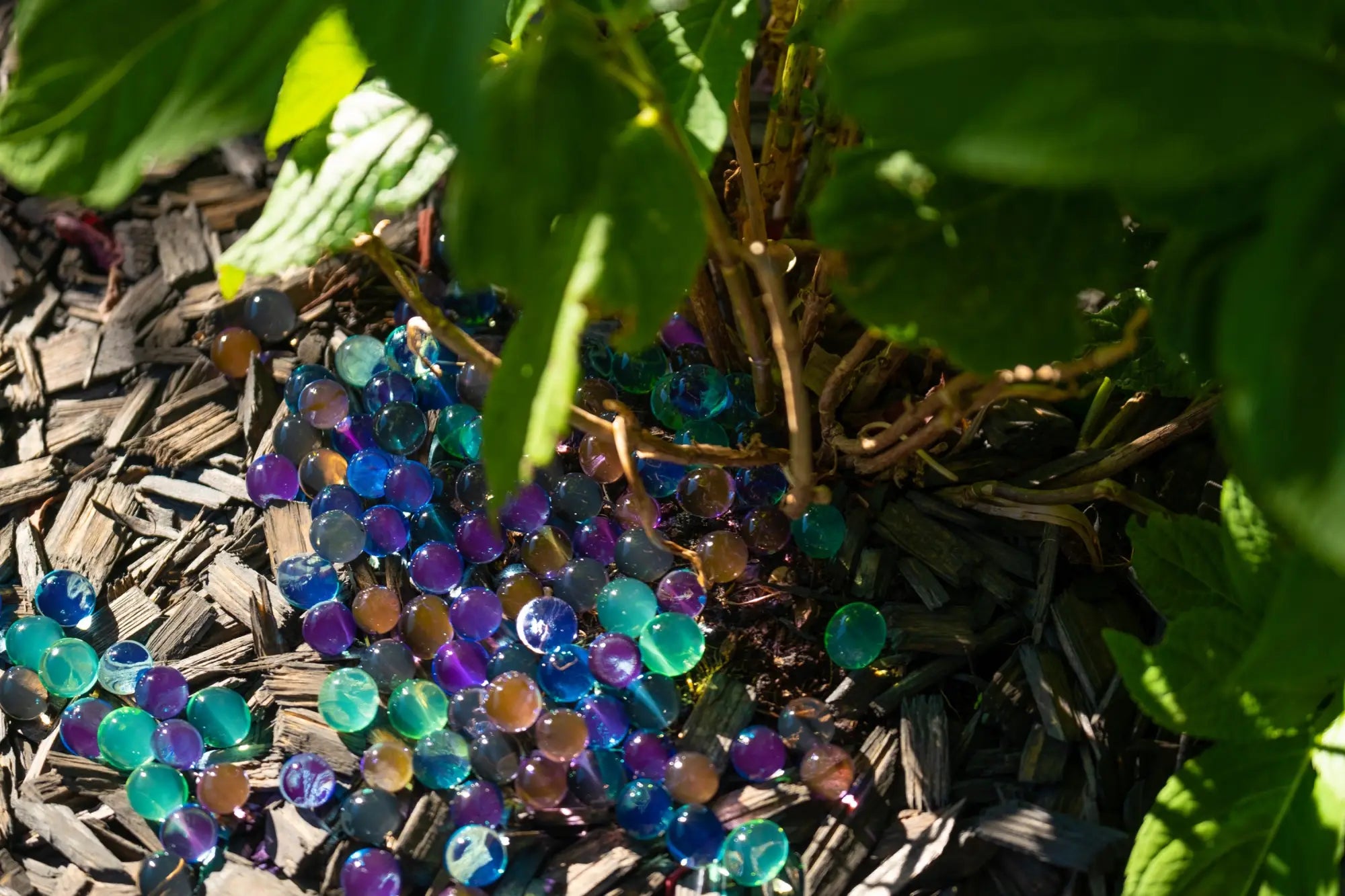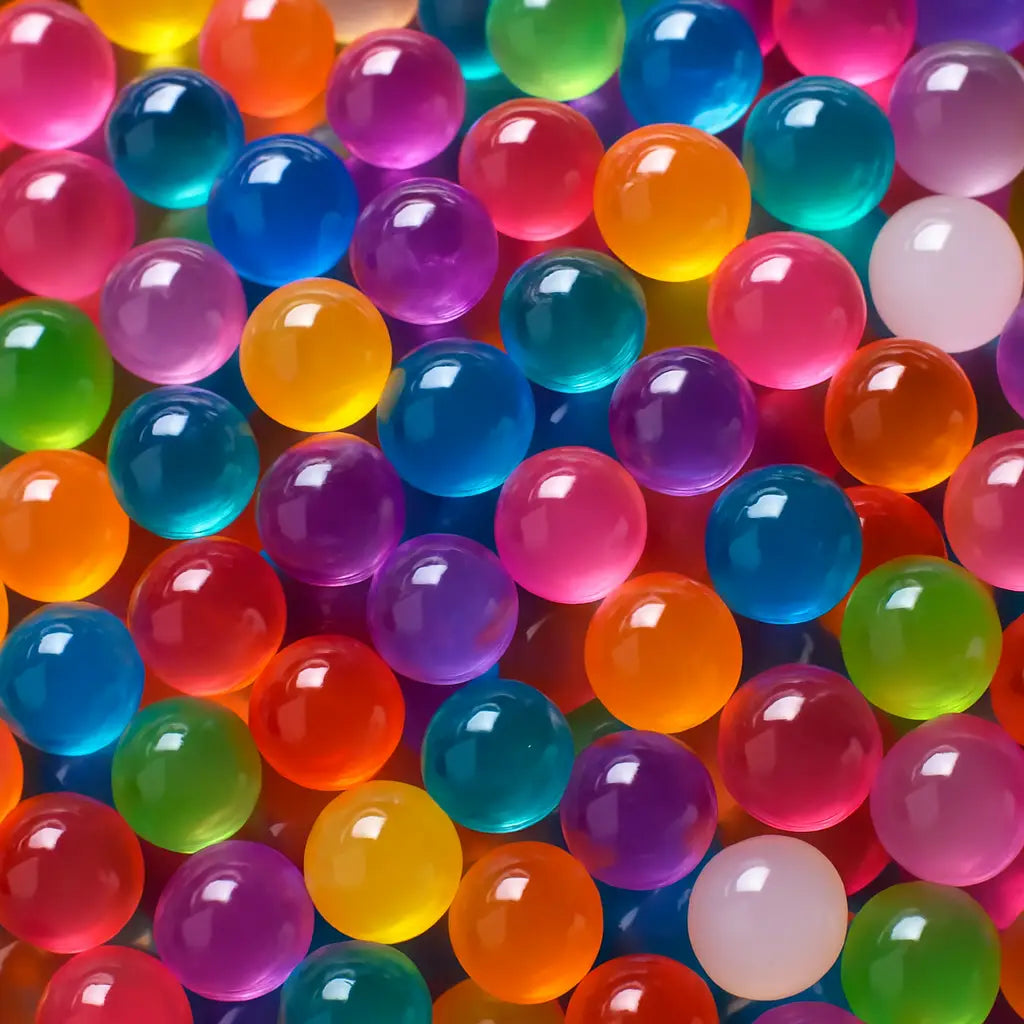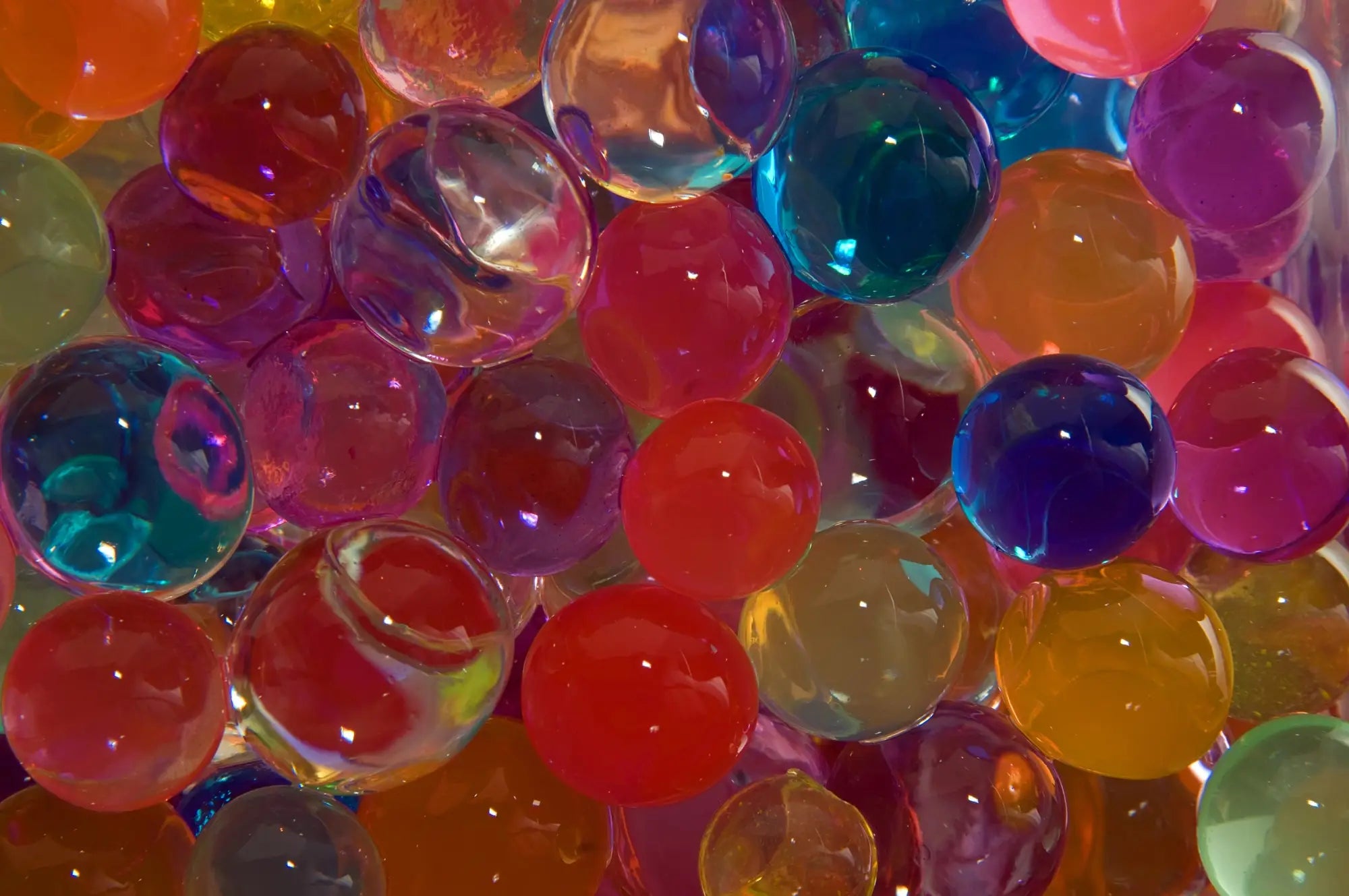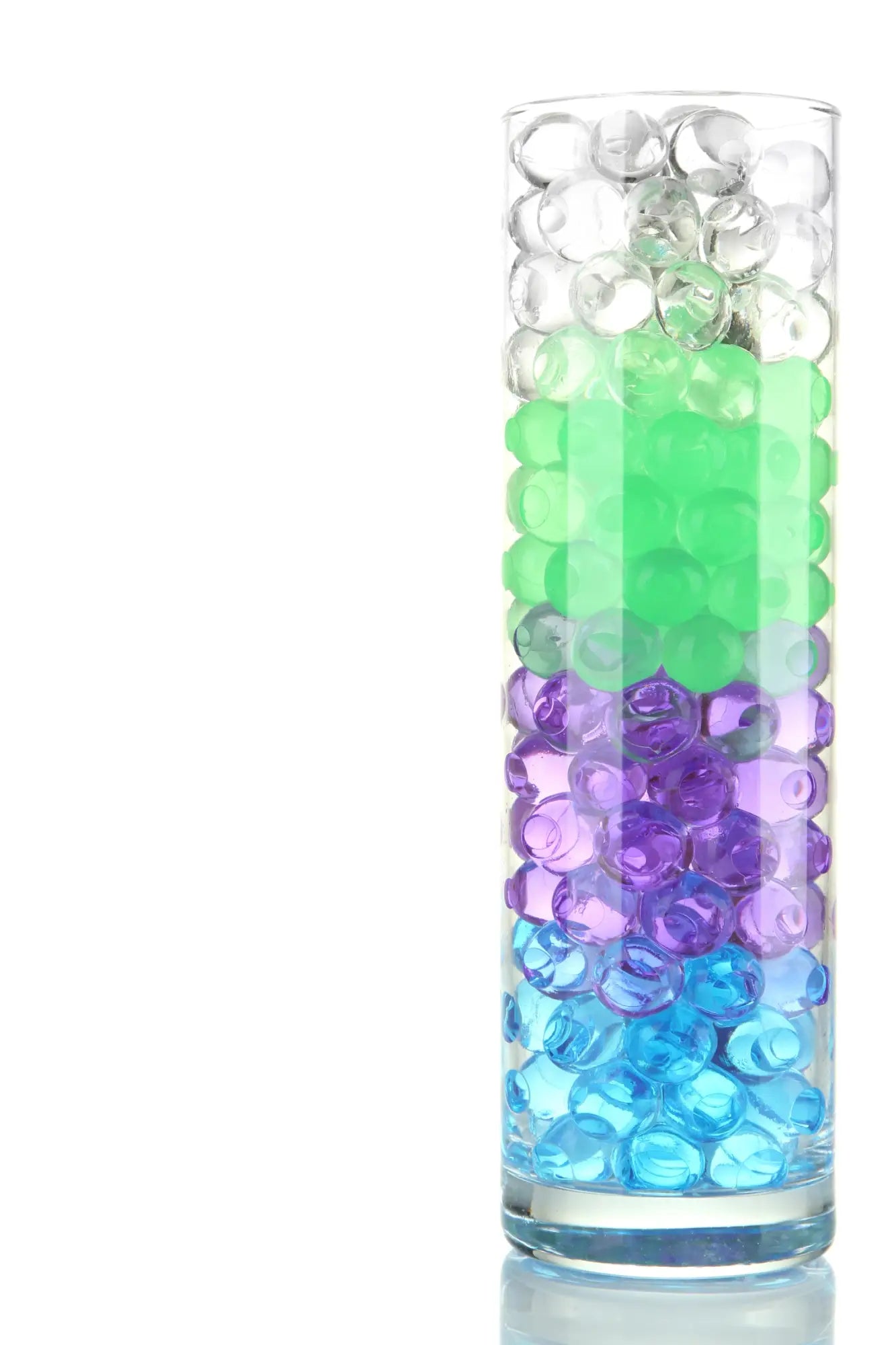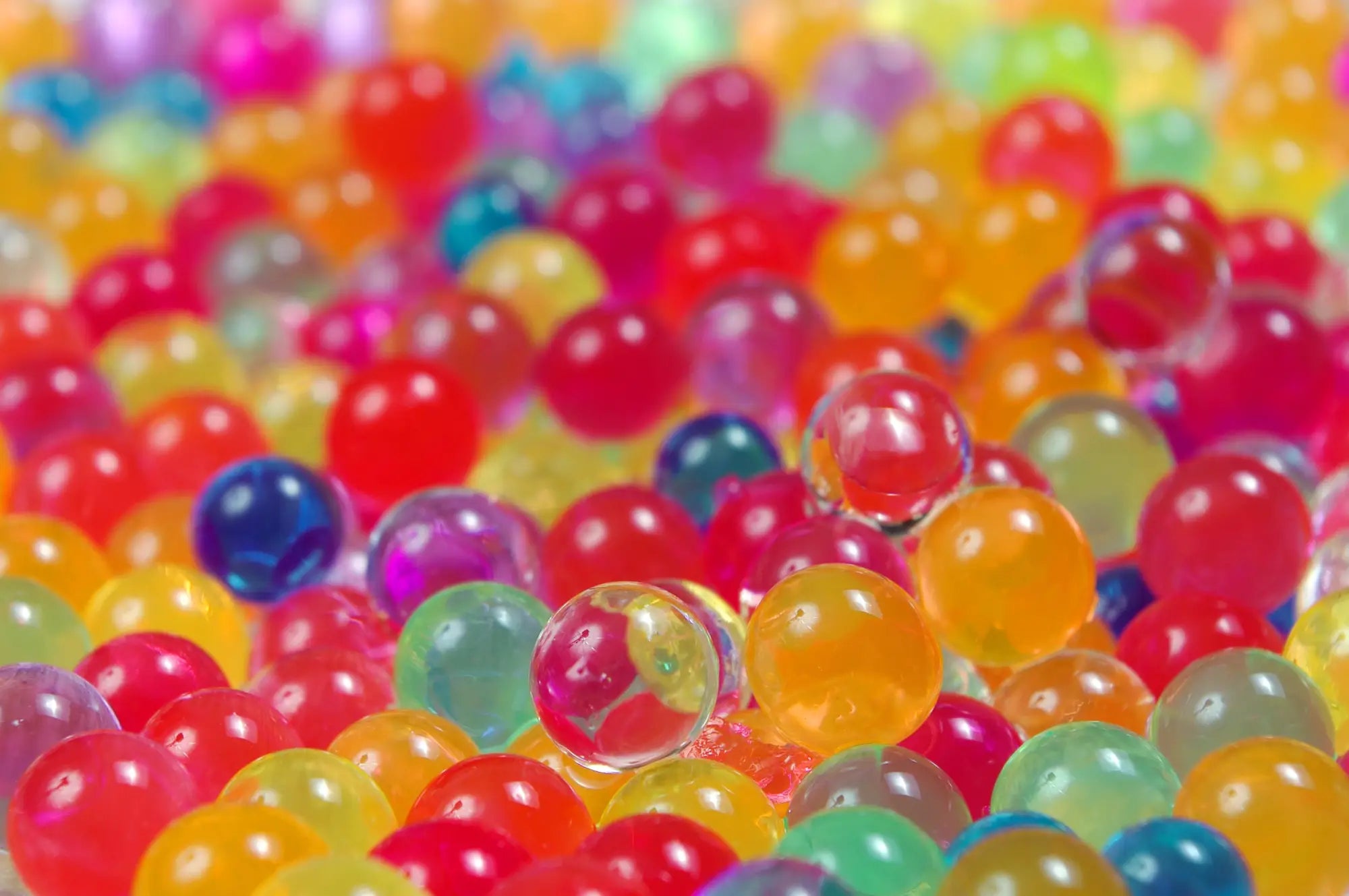One of the main issues homeowners have to deal with when they are out of town for a couple of days is keeping their plants hydrated. There are many ways of watering plants, but if you really want to deal with water stress in your plants, you need to find a better solution. Water beads for plants is a new solution that’s transforming how homeowners grow indoor plants.
The idea behind this revolutionary invention is about water management. Made of a super-absorbent polymer gel, these beads keep your plants hydrated by releasing just the right amount of water the plants need. You don’t need a potting mix – only water beads and plants. The beads act as the medium in which the plants grow. But are water beads good for plants? Absolutely! These beads offer plenty of benefits over natural soil. Read on to learn more.
Why You Should Grow Plants in Water Beads
One of the most common questions people ask is ‘can you use water beads for plants?’ Growing plants in water beads is fun and easy. The beads come in the form of tiny, dry crystals, which grow to the size of a marble when soaked in water. Here are the advantages of using water for plants over soil.
Keeps plants hydrated
Water beads absorb water and release it slowly, as needed. Their water retention ability keeps plants hydrated for longer periods, eliminating the need to water regularly. By ensuring the plants have the right amount of moisture to thrive, homeowners can effectively prevent the risk of overwatering and under-watering.
Prevents root rot
With water beads, you don’t have to worry about root rot as the water is released as needed, which is vital in preventing waterlogging. Besides, the beads have spacing in them that allows air to circulate. You can also pour off excess water.
Reduces allergens in your home
If you have allergies, you’re likely to be affected by soil-based mould spores. Growing your house plants in water beads gets rid of the fungus that may trigger your allergy. Additionally, you won’t have to deal with the annoying fungus gnats that plague people with houseplants.
Serve a decorative purpose
Water beads are common at parties, weddings, and other special occasions. They come in a variety of colours, which can add a decorative touch to a space. They can be used to create striking centrepieces that draw the eye and add visual interest to a space.
How to Use Water Beads for Plants
Using water beads for plants is a simple yet effective way to grow plants. Their ability to provide the right amount of water makes them a great medium for growing your indoor greenery. Here are the key steps to using jelly beads for plants.
Step 1: Rinse dry water beads in running water to get rid of dust, dirt, or oil left from your hand. Once you’re done, put them in a large bowl.
Step 2: Add clean water to the bowl and allow the beads to absorb water for a few hours. Stir occasionally to ensure uniform hydration. Once they grow to their maximum size, pour off the excess water. The beads should be about the size of small marbles.
Step 3: Choose a good container for plants. Ideally, the container should have tiny drainage holes to remove excess water.
Step 4: Place a small layer of beads at the base of the container. Then position your plants such that the roots touch the water beads. Add more beads around the plant’s roots.
Step 5: Add a small amount of water into the pot and let the beads do their magic
Plants You Can Grow In Water Beads
While you can grow virtually any plant on water beads, some plants do better than others. Here is a list of the best planters you can grow on your water beads.
- Arrowhead vine
Also known as Nephthyis, the arrowhead vine does exceptionally well in water beads. The moisture retention and good air circulation capability of water beads make them a great medium for these plants.
- Chinese evergreen
Known for its high water demand, Chinese evergreen thrives in water beads. The beads provide the moisture they need to maintain their lush green appearance.
- Lucky bamboo
These plants have shallow roots which allow them to grow well in water beads. If you've never seen a happy lucky bamboo, try growing it in water beads.
- Wander jew
Water jew is one of the easiest plants to grow in water beads. Simply hang the cuttings in the beads and the roots will grow. Additionally, the high water retention capability of the beads provides the perfect conditions for the vine to thrive.
Common Problems with Plants Grown In Water Beads and How to Fix Them
You may encounter some issues with plants grown in water beads. Knowing how to fix them is crucial to ensuring your plants remain healthy. Below, we look at the most common problems and how to solve them.
Algae bloom
Algae growth is unsightly and stinky. They can also deplete oxygen levels in the water, killing your plants. Algae often grows on water beads when they are exposed to too much light.
Solution:
You can prevent algae growth by placing your water beads container away from direct sunlight. It’s also crucial to keep the moisture levels in check and use a dark container. If you don’t have a dark container, wrap a dark tape around a transparent container. You may also want to drain the water beads and clean them with mild soapy water. Use a mild bleach to wash the container and let it dry before returning the beads.
Waterlogging
Adding too much water to the plant water beads can lead to waterlogging. When this happens, the plants are deprived of oxygen, killing them. One of the main symptoms of overwatering is yellowing of leaves. The roots and leaves may also start rotting, emitting a foul smell.
Solution:
Use a container with small drainage holes to get rid of excess water. The drainage holes prevent beads from getting overly damp. It’s also crucial to add just the right amount of water at the right time. The rule of thumb is to only water the plants when the beads at the top of the container start drying.

